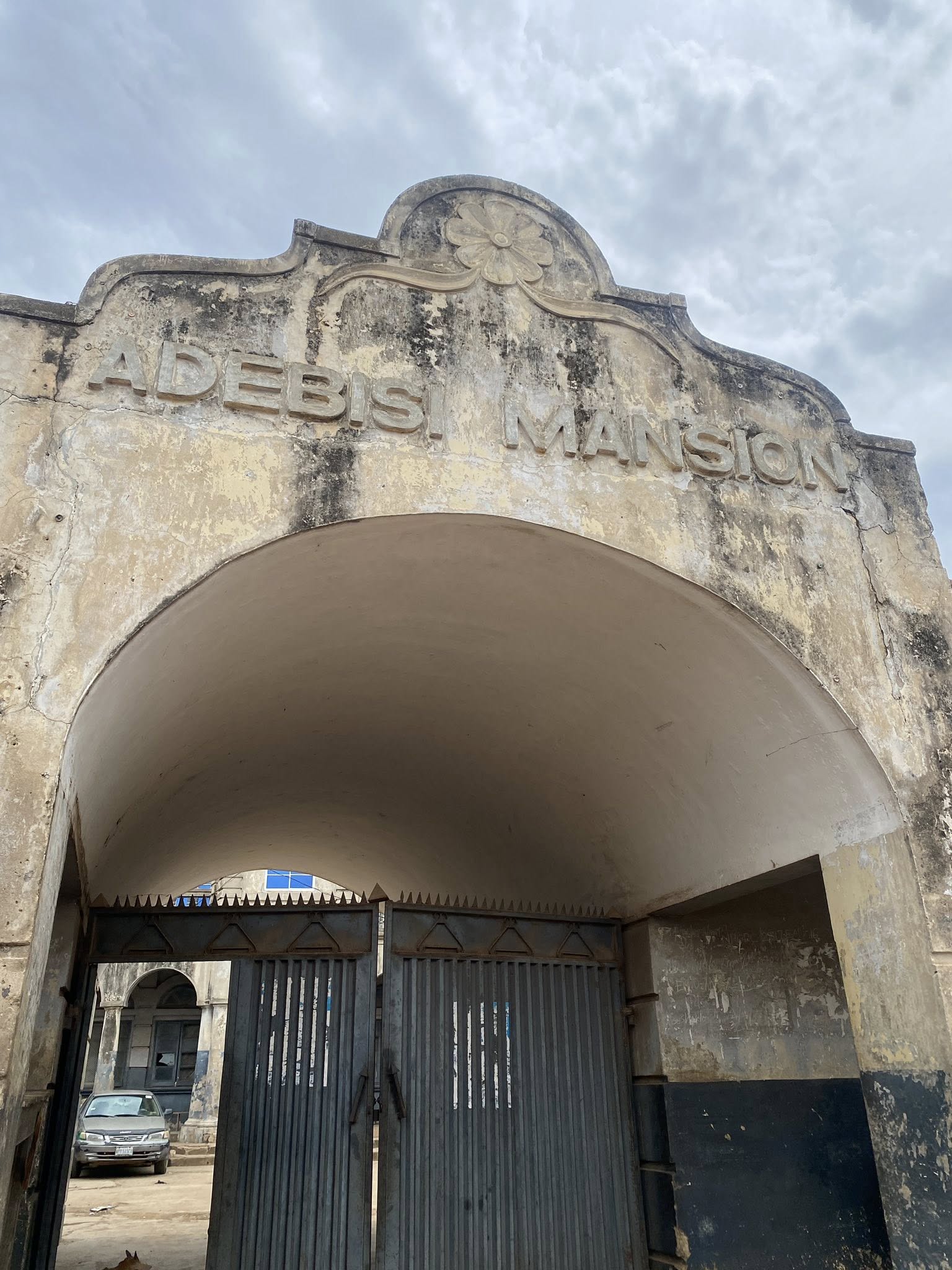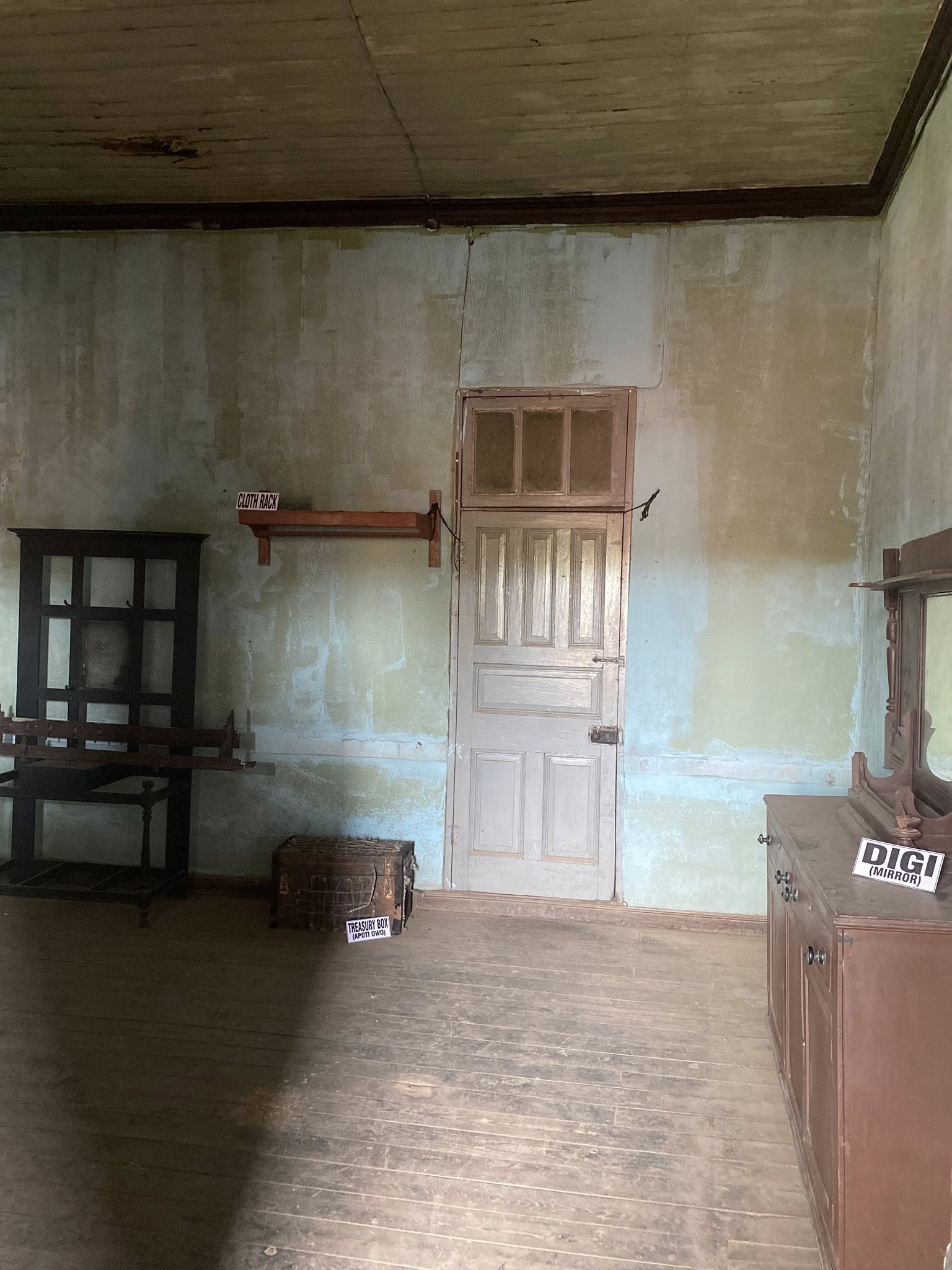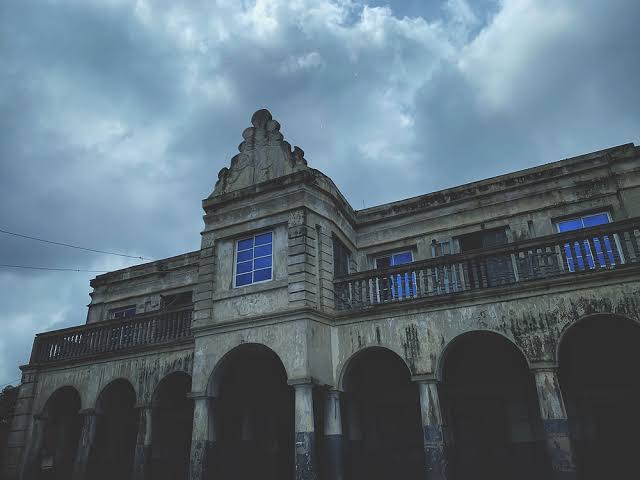Adebisi Idikan, one of Ibadan’s most influential figures, was born in 1882 during the reign of Aare Latoosa, the Baale of Ibadan.
Tucked amid the bustling stalls and narrow lanes of Idikan Market lies a hidden gem of Ibadan’s colonial and indigenous heritage: the stately mansion of Sanusi Adebisi Giwa. Built in 1929 by a self‑made entrepreneur whose life story reads like a novel, this once‑grand residence stands today as one of the city’s most compelling—but endangered—landmarks. A review of the Giwa Mansion reveals not only its architectural charm but also why it deserves wholehearted restoration and celebration as an iconic symbol of Ibadan’s past and future.
A Storied Foundation
Sanusi Adebisi Giwa (b. 1882) rose from humble origins to become “Giwa Egbe”—head of society—through boundless enterprise and generosity. The youngest of three siblings in a family of traditional Aso Ofi weavers, Adebisi expanded his father’s business to Benin and Lagos before age eighteen, retiring his far‑older brothers with his profits. He later cultivated hundreds of acres of cocoa plantations, amassing both wealth and respect. His philanthropic decision to pay the punitive colonial poll tax for every adult male in Ibadan earned him lasting gratitude, and set the moral tone for a mansion that would reflect his integrity.
Architectural Grace in Idikan

Approaching the Giwa Mansion, visitors are struck by its unassuming compound bounded by market stalls on three sides. Yet behind its modest gates stands a two‑story edifice of coral brick and stucco, boasting wide verandas, shuttered windows, and an elegant balcony that once offered panoramic views of Idikan and beyond. The façade’s gentle arches and tapered columns hint at a fusion of Yoruba courtyard design and colonial bungalow style. Though time has dulled its paint and damp has stained its walls, the solid structure attests to the quality of early 20th‑century craftsmanship in Ibadan.
Interior Treasures—And To‑Do List
Stepping inside, one enters a silent archive of Giwa’s life and times. The upper floor retains multiple rooms where original wooden floorboards creek beneath one’s feet. Cabinets of 1931 cocoa transaction ledgers, yellowed and brittle, stand shoulder‑to‑shoulder with framed period garments—embroidered agbada, hand‑woven wrappers, and even Giwa’s silk cravat. These artifacts represent a tangible record of Ibadan’s role in the global cash‑crop economy, and yet they lie uncatalogued, collecting dust.

Beyond the main house, a private mausoleum in the rear garden shelters Giwa’s tomb, those of close family members, and, in a quirk of loyalty, his three favorite horses. The mausoleum’s domed roof and mihrab‑like indentation blend Yoruba motifs with Middle Eastern reverence, a testament to Giwa’s wide‑ranging connections. Sunlight filters through latticed windows, illuminating marble plaques inscribed in English and Yoruba. It is at once solemn and idiosyncratic—a cultural asset crying out for respectful conservation.
Challenges and Opportunities
The mansion’s principal challenge is neglect. Its compound walls have cracked, ironwork on verandas rusted, and sections of plaster fallen away. With Idikan Market spilling around it, heavy foot and vehicle traffic further threaten the building’s foundation. Yet these very challenges present opportunities. A modest restoration agenda—repointing brickwork, replacing damaged timber, and installing discreet drainage—could arrest decay. Meanwhile, partnering with the market association could transform the mansion’s front yard into a shaded visitor plaza, benefiting traders and tourists alike.

Vision for Revival
Reviving the Giwa Mansion as an Ibadan icon would involve more than bricks and mortar. It requires storytelling, interpretation, and community engagement. Envision:
-
A Heritage Museum: Curated exhibits of Giwa’s ledgers, clothing, and personal effects, with interactive displays on cocoa’s journey from farm to factory.
-
Cultural Events Space: Open‐air performances on the front lawn—Yoruba drumming, Odun Ifa rites, and lectures on Idikan’s history—linking the living community to its past.
-
Educational Programs: Partnerships with local schools and universities to conduct workshops in traditional weaving, colonial history, and historic preservation techniques.
-
Market Integration: A regular “Heritage Market Day” where Aso Ofi weavers and cocoa farmers showcase their crafts and products, reviving Giwa’s entrepreneurial spirit.
A Rallying Point for Identity
In an era of rapid urban change, landmarks like the Giwa Mansion anchor Ibadan’s collective memory. They remind us of homegrown visionaries who bridged tradition and modernity, weaving global trade networks from cocoa groves and fabric looms. Restoring this mansion would not only honour Sanusi Adebisi Giwa—it would reaffirm Ibadan’s identity as a city of innovation, generosity, and cultural dialogue.
Conclusion
The Sanusi Adebisi Giwa Mansion stands at a crossroads: succumb to decay, or emerge renewed as a beacon of Ibadan’s living heritage. With a thoughtful restoration plan, community buy‑in, and strategic programming, this 1929 residence can be reborn as one of Ibadan’s most beloved—and iconic—buildings. Let us rally public officials, heritage bodies, and private philanthropists to rescue the Giwa Mansion today, ensuring that future generations inherit not only its weathered walls but the inspiring story of a man who shaped his city with vision, courage, and compassion.



